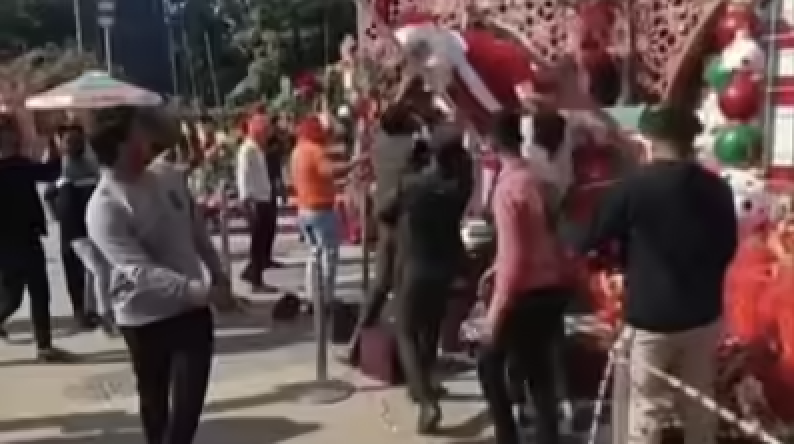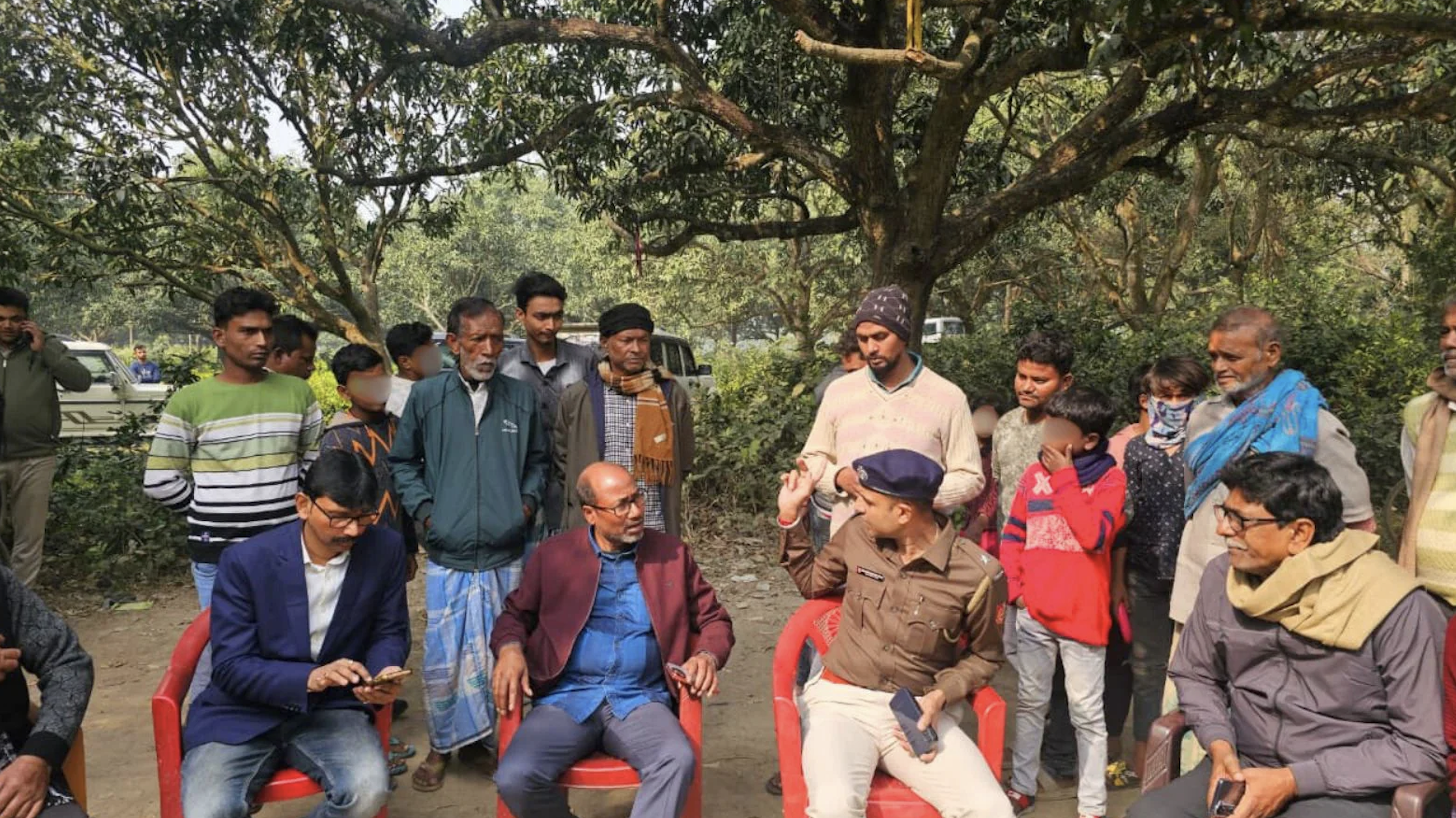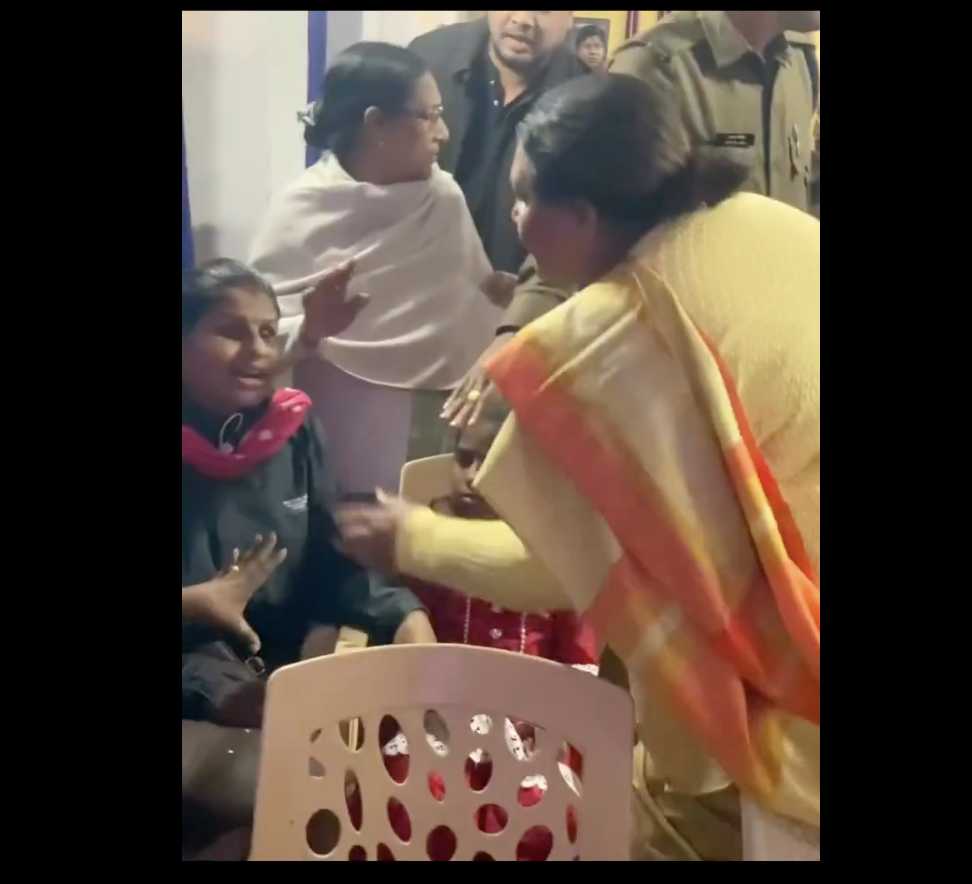By Anuradha Bhasin
Five years ago, the Narendra Modi-led Union government read down Article 370, taking Jammu and Kashmir’s special status and statehood, and splitting it into two Union Territories on August 5, 2019. The past five years have seen sweeping changes, glaring rights abuses and big developments in the region. This series looks at where J&K was and where it is now, five years after the move.
Five years after Jammu and Kashmir was robbed of its special status, sliced into two units with the diminished status of Union Territories of Jammu and Kashmir, and Ladakh, Narendra Modi returned as India’s prime minister for the third time. Within days, there was an indication of what this would mean for the erstwhile state, where the government had effectively exercised systemic and coercive control since August 5, 2019. His dwarfed status in the parliament was no barrier.
The prosecution of internationally acclaimed author Arundhati Roy and former law professor Sheikh Showkat Hussain under anti-terrorism laws for decade-old speeches signaled the first troubling escalation of New Delhi’s stranglehold on Kashmir. This action set the tone for other institutions including academic spaces to crack down on the K word that is out of sync with the government’s one commandment rule: Nothing negative about Kashmir will be allowed in written or oral form. Last week South Asia University took disciplinary action for a research proposal on Kashmir’s ethnography that quoted Chomsky’s unflattering remarks.
Such intolerance to criticism about Kashmir gives a feeble hint of what the people living within its territory, the entire erstwhile state included, grapple with on a day-to-day basis. A heavy-handed approach to free speech and political opposition that began in 2019 continues across Jammu and Kashmir and Ladakh, and exists in its most unadulterated form in the Kashmir Valley.
This story was originally published in thewire.in. Read the full story here.






